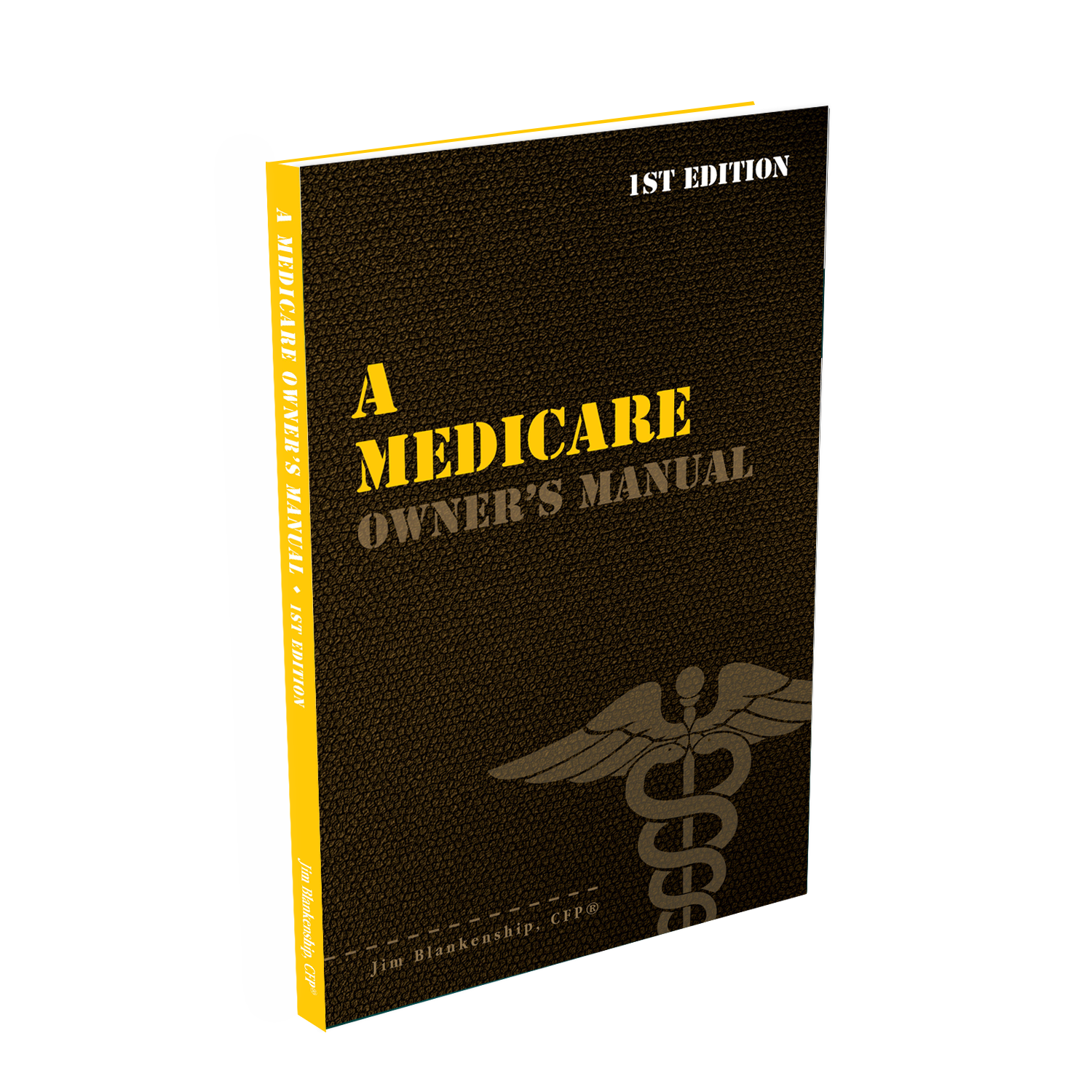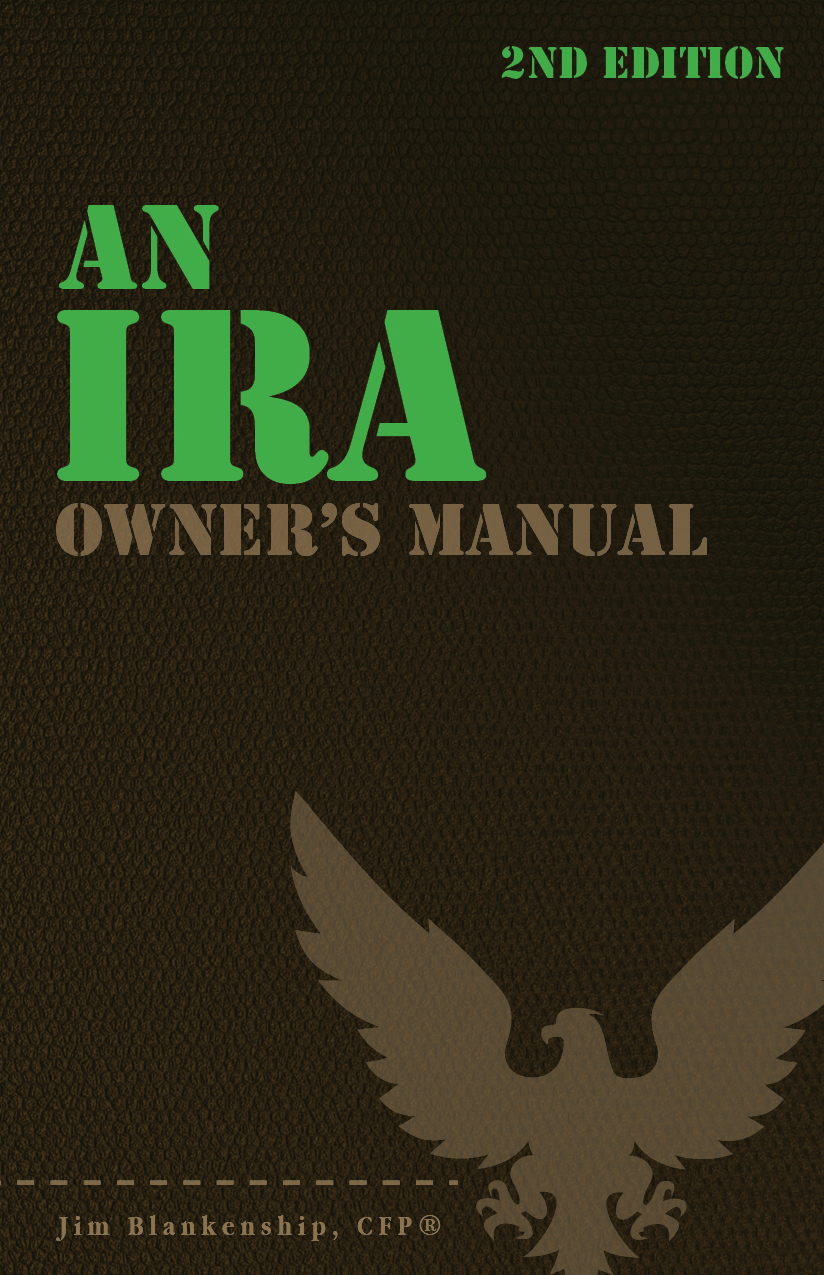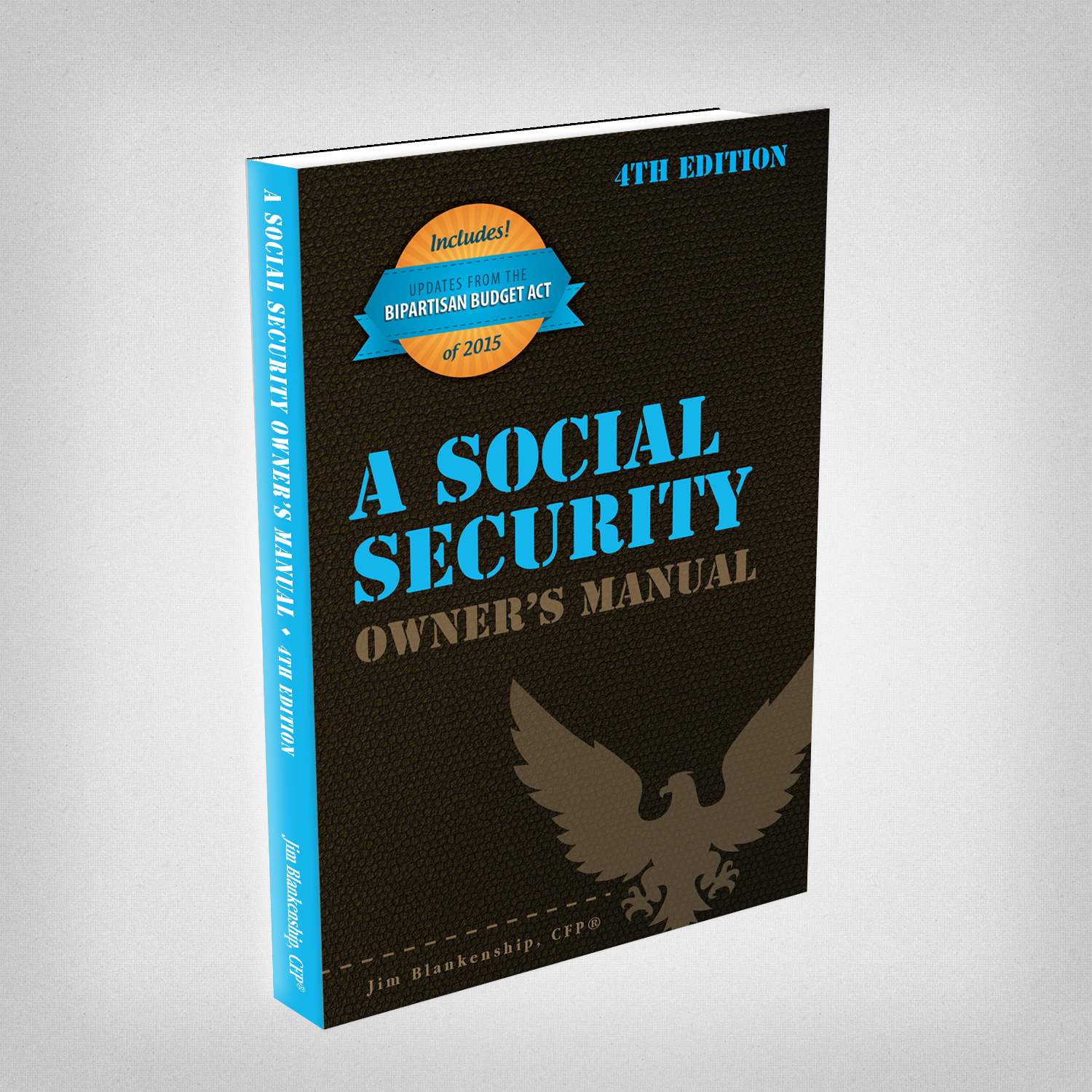
After beneficiaries are named and you understand how assets are distributed at death, we need to discuss the tax implications of gifted and inherited assets. The following is a description of the tax implications of non-qualified assets (those not in 401(k)s or IRAs) received by beneficiaries if gifted during lifetime or inherited after death.
Our example will use stocks in a brokerage account as the assets demonstrating the tax implications of assets gifted during lifetime or inherited at death.
Let’s assume that an individual has a brokerage account and they initially purchased $250,000 worth of stock in the account. Several years have gone by and the account as grown to $500,000. For tax purposes the basis in the account is $250,000. The individual is contemplating gifting the account to their beneficiary.
If the individual decides to gift the account during their lifetime to their beneficiary, the beneficiary receives the assets and acquires the same tax basis as the original account owner. This transfer of basis, called carryover basis, means that if the beneficiary then sells any or all the stocks in the account, the beneficiary’s tax basis is $250,000. So, if the beneficiary sold the entire account for its current value of $500,000, the taxable gain would be $250,000 – the difference between the carryover basis of $250,000 and the sales price of $500,000.
On the other hand, if the original account owner decides not to gift the account during their lifetime and instead waits until dying for the beneficiary to inherit the account, the beneficiary receives the assets and a new basis is established. This new basis, called a step-up (or step-to) in basis, means that the beneficiary’s tax basis is the fair market value of the account assets on the account owner’s date of death.
In this example, if the fair market value of the stocks is $500,000 when the account owner dies, the beneficiary’s new tax basis is $500,000. Thus, if the beneficiary sold the account for $500,000, the tax liability to the beneficiary would be zero. Any gains or losses on the inherited $500,000 would be subject to short- or long-term gains and losses, depending on the beneficiary’s holding period after inheriting the assets.
This same tax basis situation would apply to mutual funds, ETFs, real estate, and other non-qualified assets. Of course, the intentions of the individual gifting or leaving the assets after their death is entirely their prerogative – which may supersede regardless of the tax implications to the beneficiary.


 Sterling Raskie, MSFS, CFP®, ChFC®
Sterling Raskie, MSFS, CFP®, ChFC® The latest in our Owner’s Manual series, A 401(k) Owner’s Manual, was published in January 2020 and is available on
The latest in our Owner’s Manual series, A 401(k) Owner’s Manual, was published in January 2020 and is available on  A Medicare Owner’s Manual, is updated with 2020 facts and figures. This manual is available on
A Medicare Owner’s Manual, is updated with 2020 facts and figures. This manual is available on  Social Security for the Suddenly Single can be found on Amazon at
Social Security for the Suddenly Single can be found on Amazon at  Sterling’s first book, Lose Weight Save Money, can be
Sterling’s first book, Lose Weight Save Money, can be  An IRA Owner’s Manual, 2nd Edition is available for purchase on Amazon. Click the link to choose the
An IRA Owner’s Manual, 2nd Edition is available for purchase on Amazon. Click the link to choose the  Jim’s book – A Social Security Owner’s Manual, is now available on Amazon. Click this link for the
Jim’s book – A Social Security Owner’s Manual, is now available on Amazon. Click this link for the  And if you’ve come here to learn about queuing waterfowl, I apologize for the confusion. You may want to discuss your question with Lester, my loyal watchduck and self-proclaimed “advisor’s advisor”.
And if you’ve come here to learn about queuing waterfowl, I apologize for the confusion. You may want to discuss your question with Lester, my loyal watchduck and self-proclaimed “advisor’s advisor”.